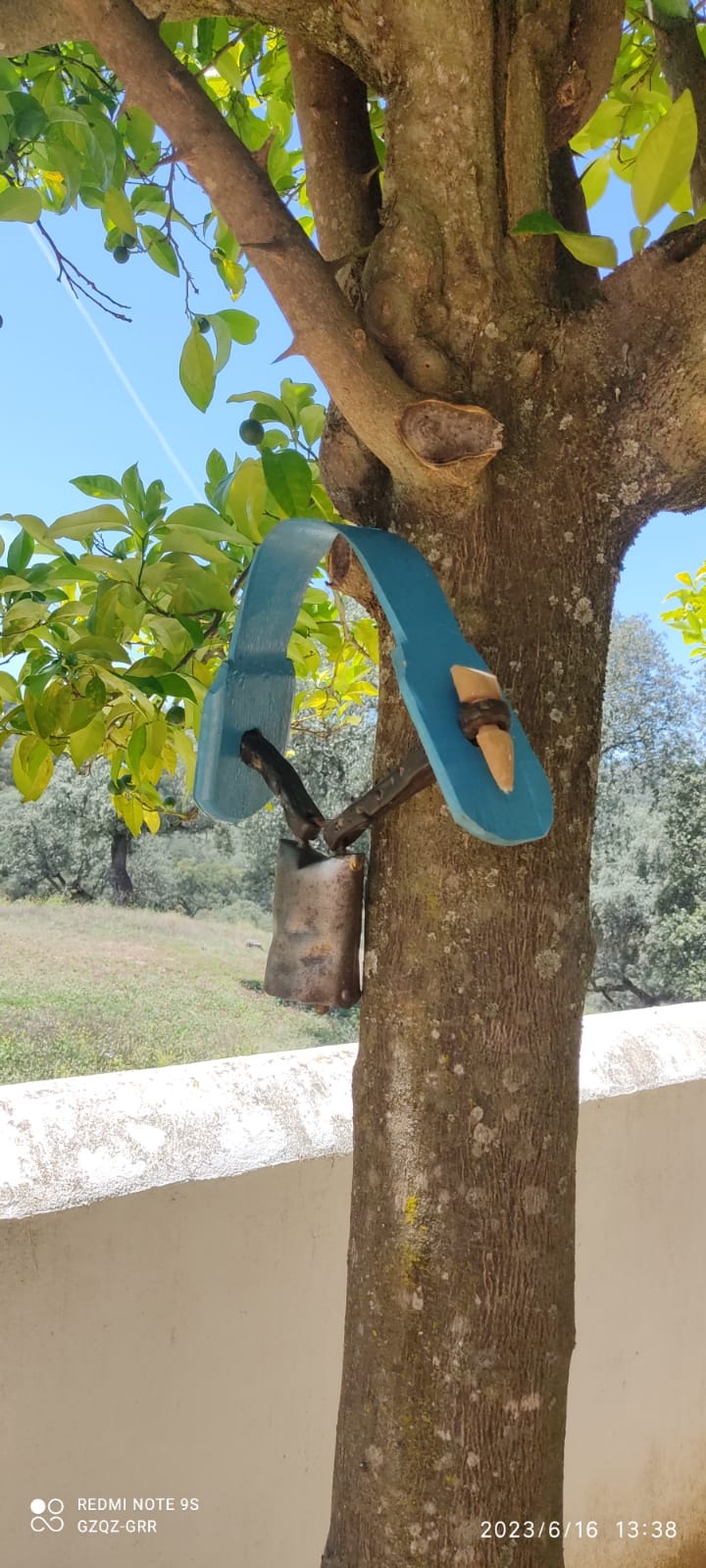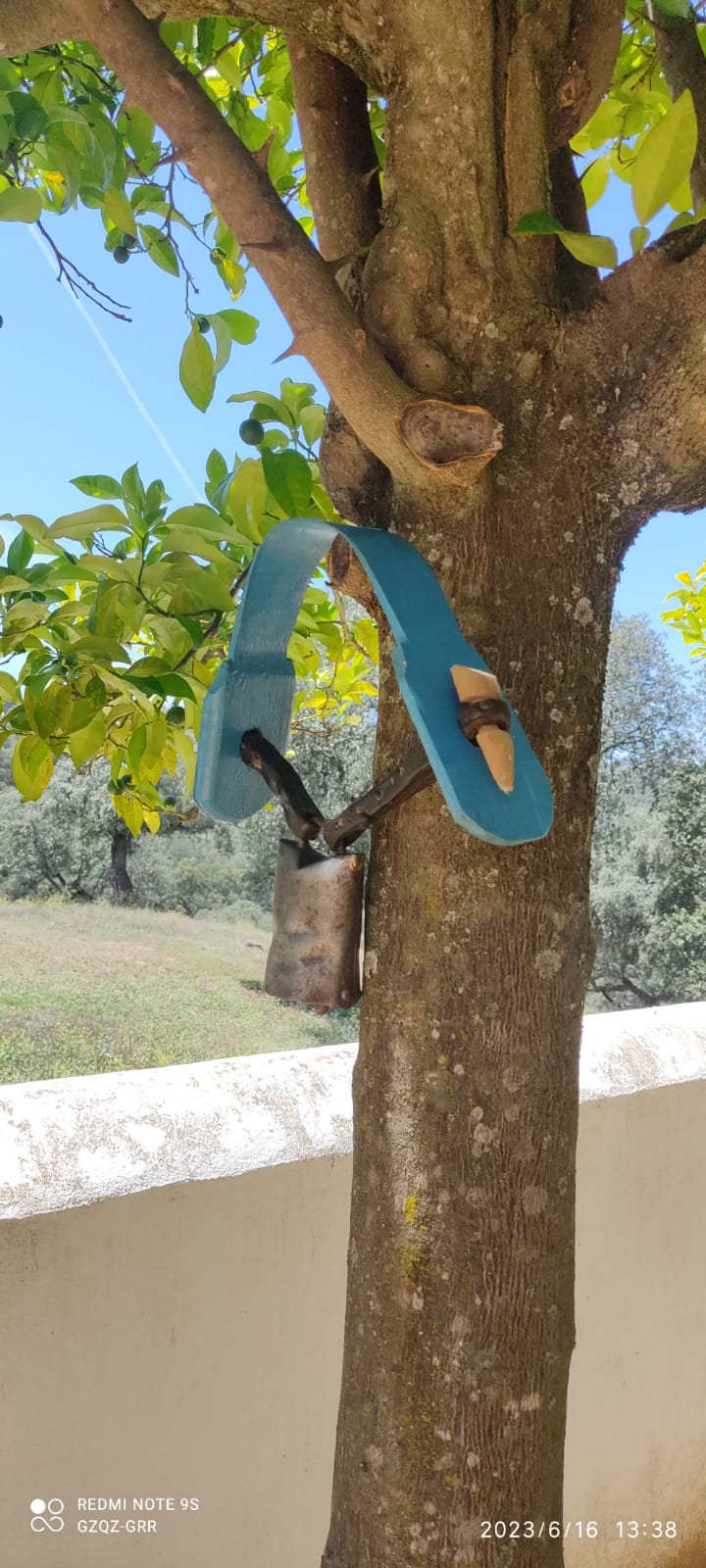


What connects the „Harzer Rote Höhenvieh” [indigenous cattle breed in in South and Central Germany] with the Retinto cattle in Andalusia?
During several centuries, the „Rote Höhenvieh“ was the ideal breed in the German low mountain areas (Harz, Vogtland, Vogelsberg, Sauerland, Bayerischer Wald). This frugal, middle sized, reddish breed is perfectly adapted to the conditions in these areas. The „Rote Höhenvieh“ was mainly kept by small farmers and minors in the Harz mountains. The cows were used as draught animals as well as milk cows. In the 50s of the last century, the farming systems changed fundamentally. Draught animals were less required and in milk production higher outputs, more „efficiency“ were required. This breed was not up to that. The understanding at that time lead to the official stop of keeping herd books of the „Rote Höhenvieh“ in the 70s, in East, as well as in West Germany. By that, the fate of the breed was almost sealed. But after the „Wende“ in Germany, this old breed, thanks to hard work, perseverance and the enthusiasm of many people got a new opportunity. The animal population grew in the last 30 years from only about 40 cows to now 2400 cows in 350 breeding farms. How was it possible? On the one hand, there are national and EU-funds for endangered livestock breeds. This is good and important, but not enough for a true comeback of the breed. To obtain a sustainable success, it is necessary to link the qualities of this old breed to the actual social requirements. Grazing herds of the „Rote Höhenvieh“ are perfectly appropriate to maintain protected areas in the low mountains – much better than what humans could achieve with string trimmers. Apart from that, in the Harz mountains, the gastronomy could be attracted to the meat of this breed which is of the best quality.
But what does this all have to do with the “retintas” in Andalusia?
During several decades, I dealt with cattle breeding in Germany in my job and the conservation of the „Rotes Höhenvieh” was and still is a matter truly dear to my heart. This year I visited the „Dehesa San Francisco“ in Andalusia. I was fascinated by the project of the „revival of the transhumance”. Also here, people are committed to the conservation of old livestock breeds trying to transform sensible traditions into the present. Really great what has been and is being achieved on the Dehesa! Ernestine Lüdeke and Hans-Gerd Neglein received me heartfully and I, of course, did not want to come without a present.
I chose an original, old cowbell from the Harz. I think that, seen from a ideological point of view, a cowbell from the „Rotes Höhenvieh” goes perfectly with the “retintas” in Spain!
The cowbell has a story – here it is:
As a matter of fact, it is not a real „bell“. Real bells are being cast, whereas this one is made of rolled sheet metal united by rivets. But the name of „bell“ is deeply rooted. The bell comes with a hand-carved frame, made from ash wood. The color of the frame refers to the owner. A „cowbellmaker“ had to be versed in terms of music and crafts. And now, the most important thing. The sounds of the bells in a herd matched harmoniously. Firstly due to the size, secondly due to the dents that had been hammered in the sheet metal. When the herd, composed by a bull, cows, young cattle and calves moved, one could in ideal case, listen to a melody. To achieve this was the „great school“ of the art of bell making which, unfortunately, has disappeared. My „bell-present“ was part of a set of bells and was made in the 30s of the last century in the small village Bad Suderode in the Harz. It is a bell for a young cattle, a so called „Biller“. Whereas older cows walk rather gently and the bell’s sound is a bass tone „bum-bum“, the young cattle tripping makes the bell produce a higher tone, the pace is faster…and all together….a moving herd…..produces a melody….isn’t that great?
I wish all those persons who are committed to a future-oriented protection and conservation of old breeds maximum success.
Gernot Pohl

